Chapter 6.1: Drawing
Drawing?
Drawing is one of the major forms of expression within the visual arts. It is sometimes used as an exploratory way for visual brainstorming, in preparation for a painting, or used towards a final product, or sometimes as a finished work. Drawing is the ultimate human form of expression. Before humans had language, they used the language of drawn images. Based on the act of mark making, it seems to be innately attractive to most humans. Our first marks come early in life and drawing will always feel familiar and friendly -whether you eventually learn how to draw or you stay a doodler. Before they learn how to read, children draw. In fact, we are taught “language” via images (remember? A for Apple). Shapes and images are our first language.
“Drawing as language: A bare bones rationale.” by Professor Bob Steele, an Associate Professor from the University of British Columbia, makes the case for Drawing and Visual Literacy as important a language as any other.
“A definition of language: ‘Any symbol through which perceptions, thoughts, and feelings can be articulated, expressed and communicated.’ These functions are fulfilled through spontaneous drawing but not through colouring books, formula art, or ‘directed drawing’. Language is the hallmark of authentic child art.
The benefits of language: Intellectual development, learning, mental health, communication, and social integration. Drawing fulfills each abundantly. There are limitations to drawings effective use:
1) practical exchanges at home, school and on the playground;
2) discursive language in the realm of abstract ideas.
The disadvantage of words, the advantage of drawing: literacy requires mastering codes: drawing is without code. Writing requires years of formal and informal teaching and learning: drawing is the universal language of childhood. Spontaneity in the use of words is prevented by the need to learn vocabulary, syntax, grammar, and correct usage and yet mental development, learning, emotional health, and social integration require it. (‘Spontaneity’ refers to the integrated forces of the preconscious: all language is a balanced interaction of conscious and preconscious mental activities.) In the early years when the foundations of intellectual and emotional development are at their most critical stage, words alone are not up to the task. Drawing is.
Children use drawing to articulate, express, and communicate their subtlest, most intellectually complex, and most emotional cathartic perceptions, thoughts and feelings.
Drawing and literacy: Drawing is a boon to literacy because it leads children into new and unexplored areas of subject matter, thus enlarging the arena of verbal expression. Conversation and writing are greatly stimulated. Used generously, drawing is the advance guard of vocabulary and syntax.”
Drawing
The term drawing describes both a visual object and an activity. At first glance, drawing appears to consist of making contrasting marks on a flat surface. The term implies something more, however. One can “draw” water from a well or be “drawn” to a charismatic person. There is something in the word “draw” that is related to extracting or delineating, the “pulling out” of an essence. To draw an object is to observe its appearance and transfer that observation to a set of marks. Ancient cave painters truly “drew” the animals they saw around them based on their deep familiarity with their essential nature (Figure 1). So in this context, drawing is a combination of observation and mark making.
Drawing is usually—but not always—done with monochromatic media, that is, with dry materials of a single color such as charcoal, conté crayon, metalpoint, or graphite. Color can be introduced using pastels. In addition to these dry materials, free-flowing ink can also be used to make drawings. These materials have been highly refined over centuries to serve specific artistic purposes.
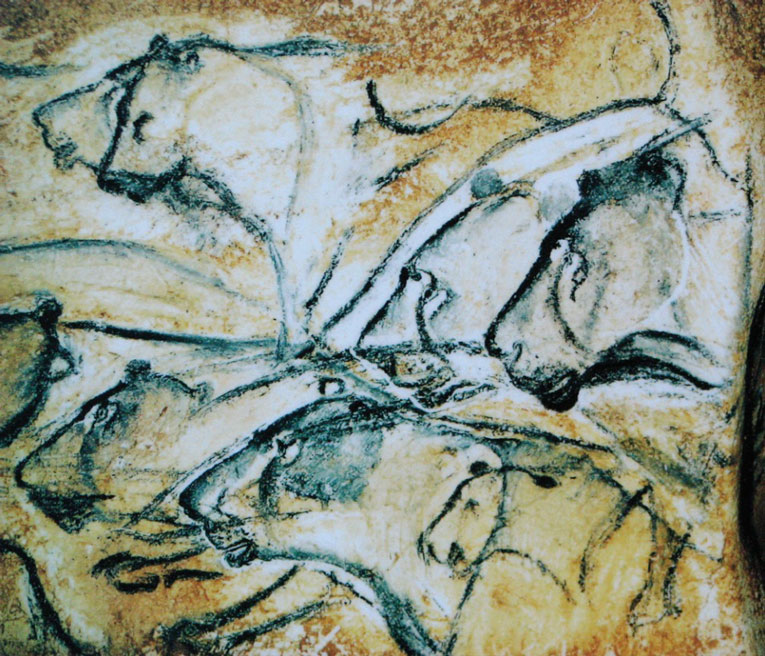
Charcoal is made from wood or other organic material that has been burned in the absence of oxygen. This process leaves a relatively pure black carbon powder. Artists compress this dry powder, or pigment, with a binder, a sticky substance like pine resin or glue made from the collagen of animal hides, to make hand-held charcoal blocks of various strengths and degrees of hardness. This compressed charcoal is used to make very dark marks, usually on paper. Compressed charcoal is challenging to erase.
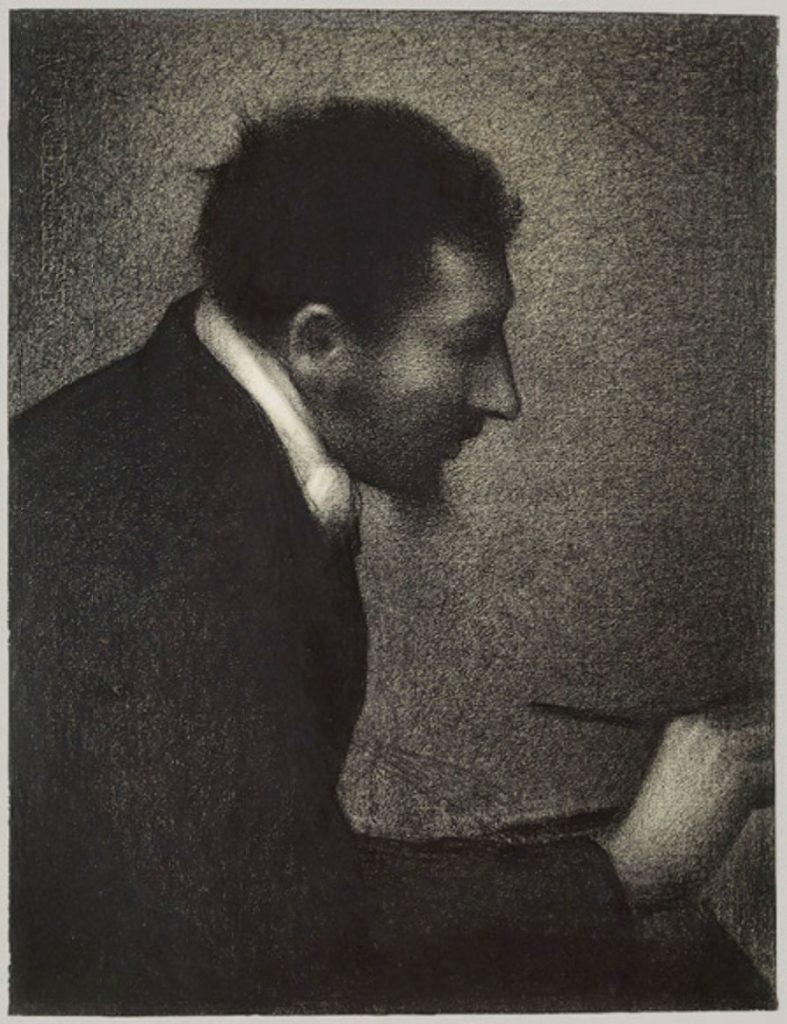
Charcoal also comes in a form called willow or vine charcoal. This form of drawing charcoal leaves a very light mark as it is simply burned twigs. It is generally used for impermanent sketches because it does not readily stick to paper or canvas and is easily erased. Both compressed and vine charcoal drawings are easily smudged and should be protected by a fixative that adheres the charcoal to the drawing surface and creates a barrier resistant to smudging. Conté crayon is a hand-held drawing material similar to compressed charcoal.
Conté crayons are sticks of graphite or charcoal combined with wax or clay that come in a variety of colors, from white to sanguine (deep red) to black, as well as a range of hardness. Harder conté is used for details and softer varieties for broad areas. This portrait by Georges-Pierre Seurat (1859-1891, France) was drawn in black conté crayon on textured paper in order to break the image into discrete marks (Figure 2).
Metalpoint is the use of malleable metals like silver, pewter, and gold to make drawing marks on prepared surfaces (Figure 3). The surface must have a “tooth” or roughness to hold the marks. Any pure silver or gold object can be used for this, though artists today favor silver and gold wire held in mechanical pencils for the process.
Graphite is a crystalline form of carbon. In the sixteenth century, a large deposit of pure graphite was discovered in England, and it became the primary source for this drawing material. Because of its silvery color, it was originally thought to be a form of lead, though there is no actual lead in pencils. Today powdered graphite is mixed with clay to control hardness.
Pastels are similar to compressed charcoal but, instead of finely powdered carbon, finely ground colored pigment and a binder are used to create handheld colored blocks (Figure 4). The powdery pigments smudge easily, so the image created must be displayed under glass or covered with a fixative. Edgar Degas (1834-1917, France) is famous for the subtle yet distinct layering of color he was able achieve in his pastel drawings (Figure 5).
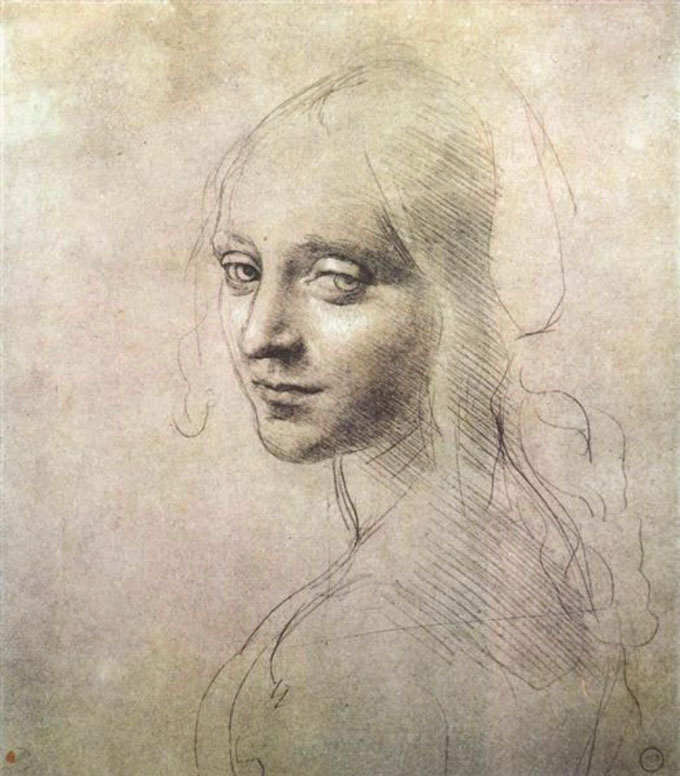
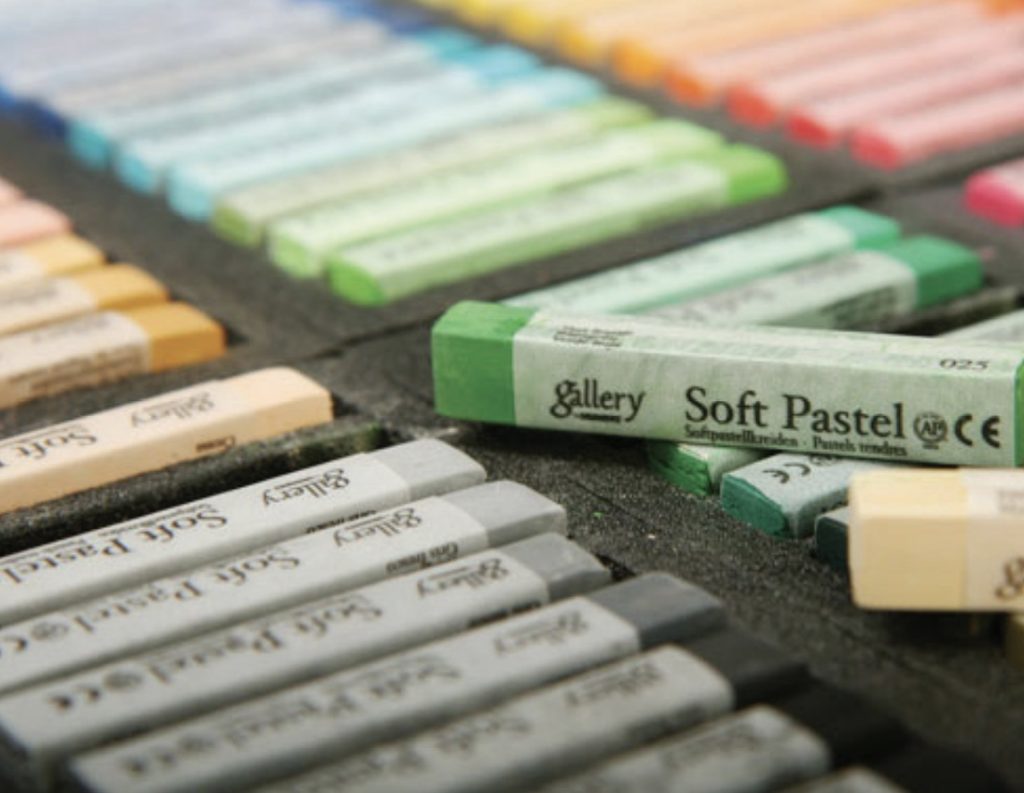
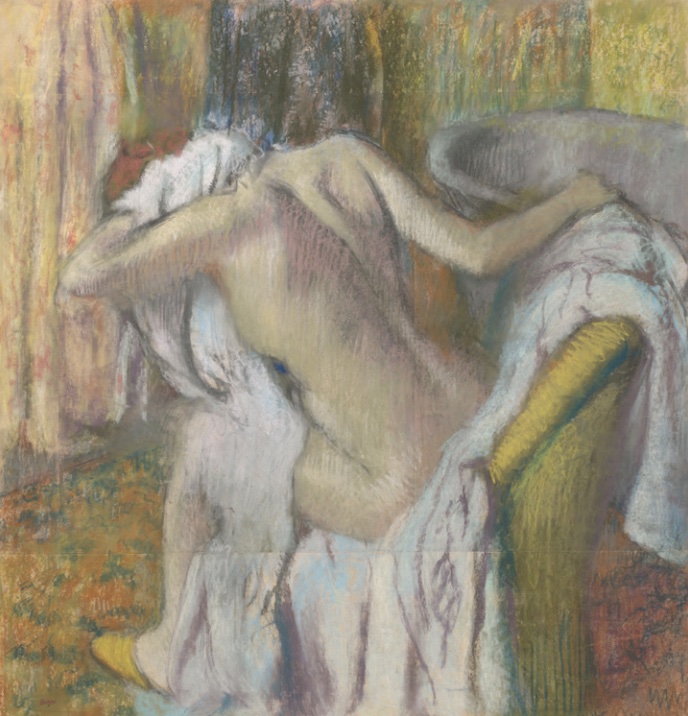
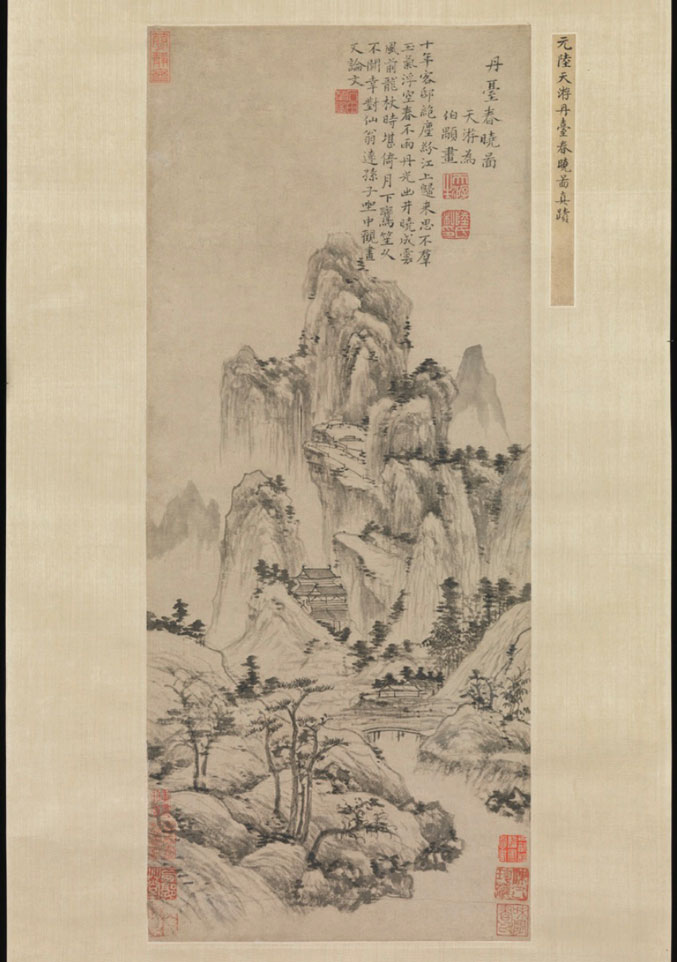
Oil pastels are semi-solid sticks of high pigment oil paint that are used like crayons. They were originally invented to mark livestock, but artists quickly realized their aesthetic potential. Oil pastels are a convenient way to apply and blend heavily textured oil-based pigment onto any surface without using traditional brushes. The colors are vibrant, and the marks are gestural and immediate so oil pastel drawings can show the “hand” of the artist in a direct way, as can be seen here in East Palatka Onions, a 1983 oil pastel drawing by Mary Ann Currier (b. 1927, USA).
Ink is the combination of a colored pigment, usually black carbon or graphite, and a binder suspended in a liquid and applied with a pen or brush. A wide range of substances have been used over time to make ink, including lamp black or soot, burned animal bones, gallnuts, and iron oxide. The pigment must be finely ground and held together with a binder. There is a long tradition of fine art ink drawings. Although the example given dates to the fourteenth century, the oldest ink drawings come from China in the third century BCE and are done on silk and paper (Figure 6).
Drawing Functions
Artists often draw as a way to brainstorm a project or idea, it is called a sketch.

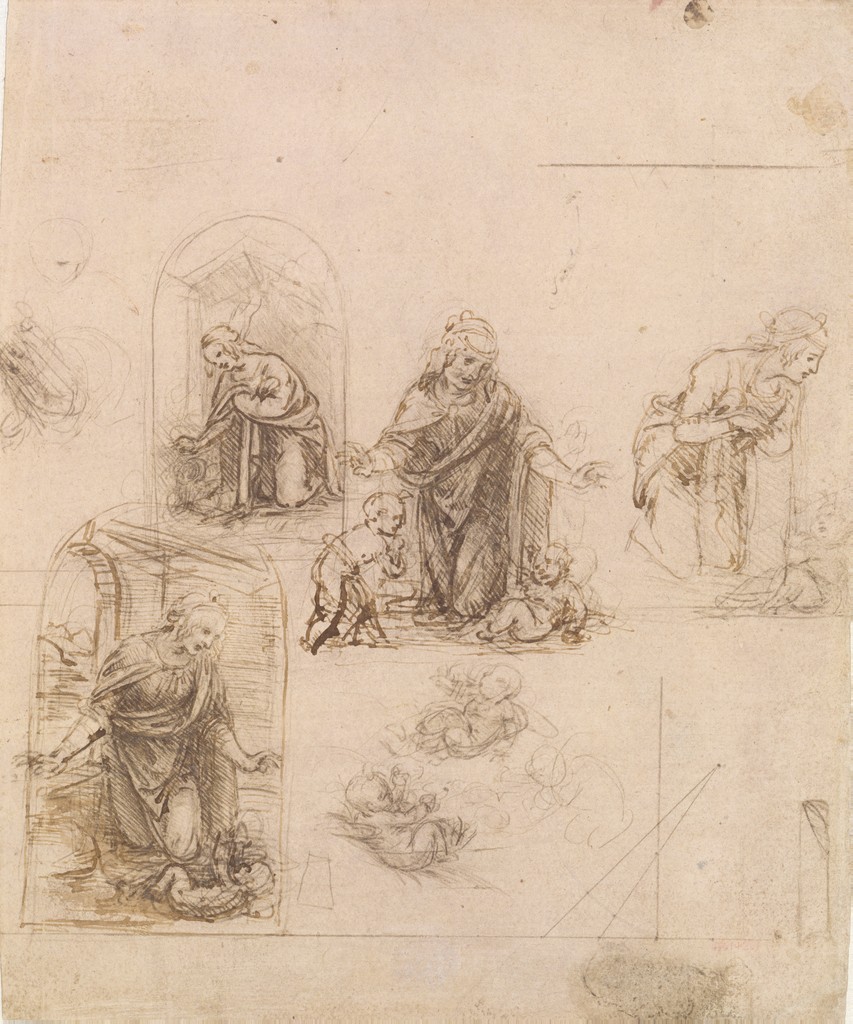
When drawings are created in preparation for a painting, they are called studies.
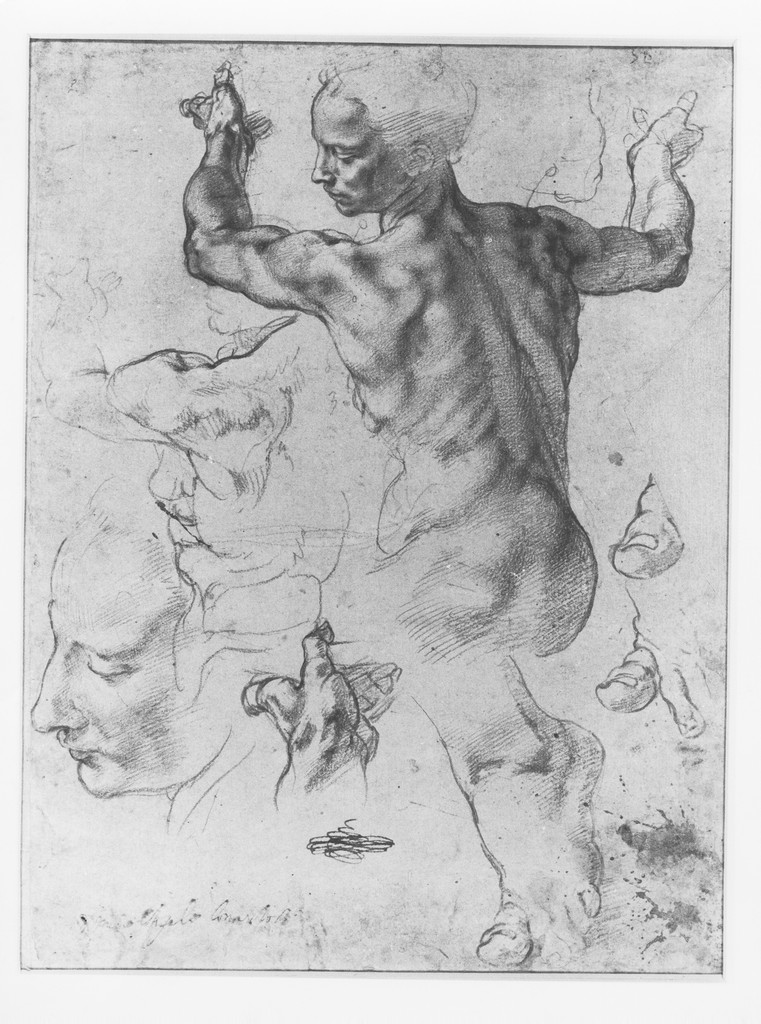
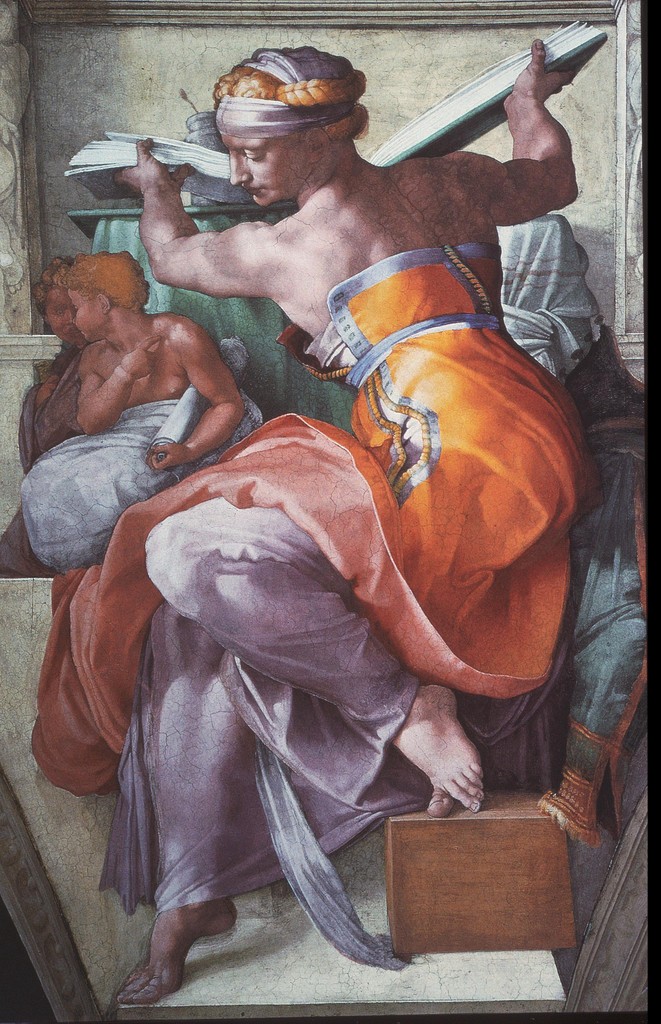
Other categories of drawing include figure drawing, technical drawing, cartooning, sketching, doodling, and free-hand rendering.
In drawing, one of the most important tools is the element of line. Line is used in a number of ways, as outline or contour, and to create shading (form) and surface quality.
As innocuous as it sometimes seems, line can be very expressive in a drawing. Designers can vary the quality (thick/thinness) of a line to create a sense of space. To create shading and add a sense of volume and form, artists can use hatching or cross-hatching. Hatching is the use of fine parallel lines drawn closely together to create the illusion of shade and surface quality in a drawing. Crosshatching is an extension of hatching, the drawing of two layers of hatching areas to create a mesh-like pattern.
Drawing Materials and Techniques
Some of the basic terms used in drawing are:
The drawing material is what makes the mark, usually a combination of Pigment (black or color powder) and a binder, a substance that serves to bind the pigment and help adhere it to the surface where the mark is being made. The surface is also known as the support.
Depending on the medium, there are two categories of drawing media: dry and wet. The difference between them is the presence (or absence) of water. Traditional dry media for drawing are graphite, crayon, charcoal, chalk, and pastel. While the traditional wet media in drawing are related to the use of Ink and water, both with pen/quill or brushes.
This booklet by the Philadelphia Museum of Art about drawing materials will provide in-depth information about each one of them.
This interesting video on the sources of pigments throughout history gives us a glimpse of the many and surprising sources these color powders have derived from.
Media Attributions
- Figure 1. Replication of Chauvet Cave Lion Wall (Author: User “HTO”; Source: Wikimedia Commons) is licensed under a Public Domain license
- Figure 2. Edmond Aman-Jean (Artist: Georges-Pierre Seurat; Author: User “Pimbrils”; Source: Wikimedia Commons) is licensed under a Public Domain license
- Figure 3. Head of a Girl (Artist: Leonardo da Vinci; Source: Wikiart) is licensed under a Public Domain license
- Figure 4. Pastels (Author: User “Tau1012”; Source: Wikimedia Commons) is licensed under a Public Domain license
- Figure 5. Nach dem Bade sich abtrocknende Frau (After the Bath, Woman drying herself) (Artist: Edgar Degas; Author: User “Crisco”; Source: Wikimedia Commons) is licensed under a Public Domain license
- Figure 6. Spring Dawn Over the Elixir Terrace (Artist: Lu Guang; Source: Met Museum; License: OASC).
- Figure 7. Leonardo da Vinci, Torso of a man in profile, the head squared for proportion; sketches of two horsemen, ca. 1490-1504, pen and brown ink over metalpoint on paper. (Galleria dell’Accademia, Venice, Veneto, Italy; Image source: Minneapolis College of Art and Design Collection via Artstor. Used with permission, for education use only)
- Figure 8. Leonardo da Vinci, Designs for a Nativity or Adoration of the Christ Child; Perspectival Projection. Pen and brown ink, ca. 1480-1485. (Image source: The Metropolitan Museum of Art via Artstor. Used with permission, for education use only).
- Figure 9. Studies for the Libyan Sibyl by Michaelangelo. Red chalk, 1511 (Image source: Visual Arts Legacy Collection (UCSD) via Artstor. Used with permission, for education use only).
- Figure 10. Michelangelo: Libyan Sibyl (1511–2), fresco. (Sistine Chapel, Vatican, Rome; Image source: University of California, San Diego via Artstor. Used with permission, for education use only).
Candela Citations
- Art, Design, and Visual Thinking: The Language of Design. Authored by: Charlotte Jirousek. Provided by: Cornell University. Retrieved from: http://char.txa.cornell.edu/language/introlan.htm. License: All Rights Reserved
- Some Ideas About Composition and Design, Elements, Principles, and Visual Elements. Authored by: Marvin Bartel. Provided by: Goshen College. Retrieved from: https://www.goshen.edu/art/ed/Compose.htm#principles. License: All Rights Reserved
- Elements of Art. Provided by: The J. Paul Getty Museum. Retrieved from: https://www.getty.edu/education/teachers/building_lessons/formal_analysis.html. License: All Rights Reserved
- Question: What is Optical Color Blending?. Provided by: The SVGA Blog. Retrieved from: https://sgvarts.blogspot.com/2012/09/question-what-is-optical-blending.html. License: All Rights Reserved

